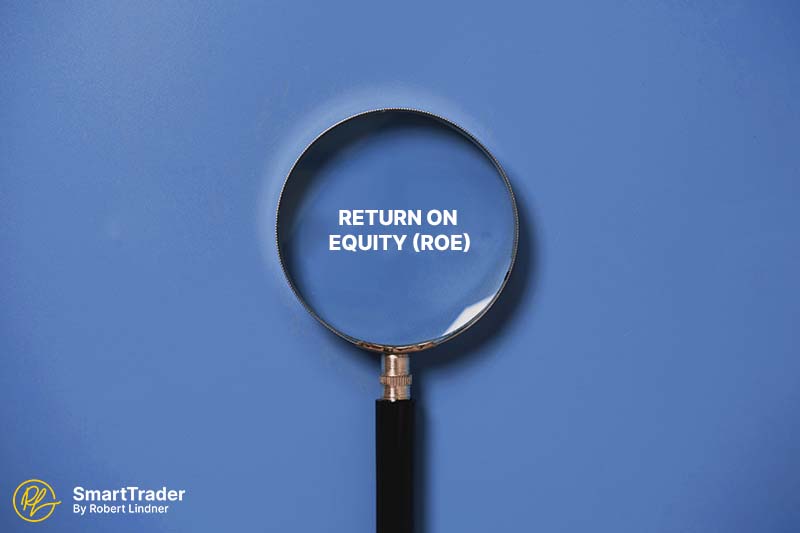[ri-‘tarn ‘on ‘e-kwa-te]
Return on equity (ROE) is a financial ratio that measures the profitability of a company in relation to its shareholders' equity.
What is Return on Equity (ROE)?
Return on equity (ROE) is a financial metric that evaluates a company's profitability by comparing its net income to the amount of shareholders' equity. This ratio provides insight into how much profit a company is generating with the capital invested by its shareholders.
Generally, a higher ROE means that the company is generating more profit with less investment from shareholders, which is considered a positive sign for investors.
Key Takeaways
- ROE provides investors with insight into a company's profitability by comparing its net income to the shareholders' equity.
- A high ROE indicates that a company is generating more profits with less investment from shareholders, which is generally considered an indication of efficient operations.
- Investors can use ROE to compare the profitability of different companies in the same industry or sector, providing a basis for investment decisions.
- ROE can be affected by various factors, including the company's operating expenses, financial leverage, and tax rates. Therefore, investors should consider the underlying factors affecting a company's ROE when evaluating the metric.
Example of Return on Equity (ROE)
Company ABC has a net income of $500,000 and a shareholders' equity of $2,000,000. To calculate the ROE for Company ABC, you would divide its net income by its shareholders' equity:
ROE = Net Income / Shareholders' Equity
ROE = $500,000 / $2,000,000
ROE = 0.25 or 25%
In this example, Company ABC has an ROE of 25%, which means that it generated 25 cents of profit for every dollar of shareholder equity. A high ROE like this could be an indication that Company ABC is effectively using its shareholder funds to generate profits, and could potentially be a positive sign for investors.
Back to Glossary.






